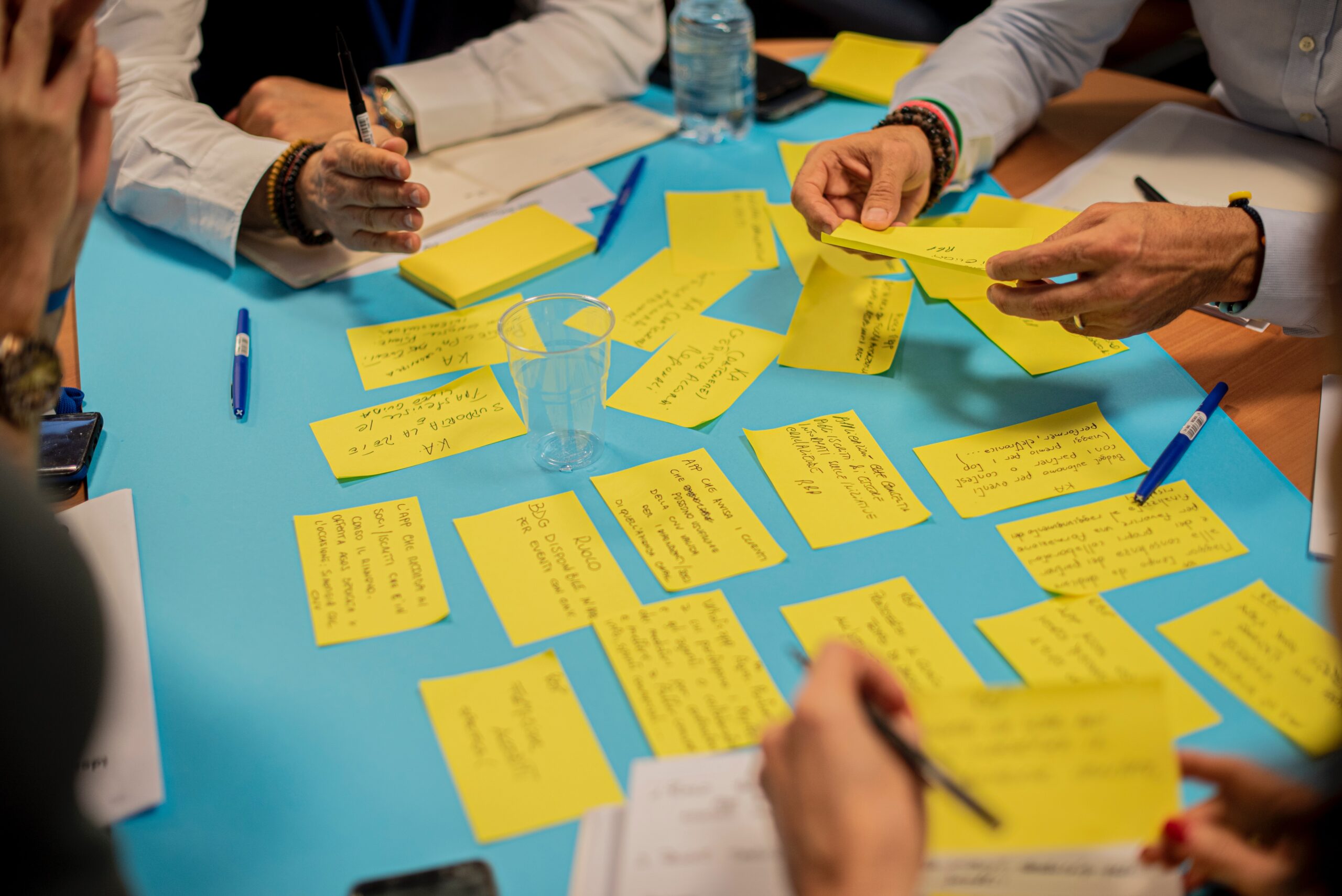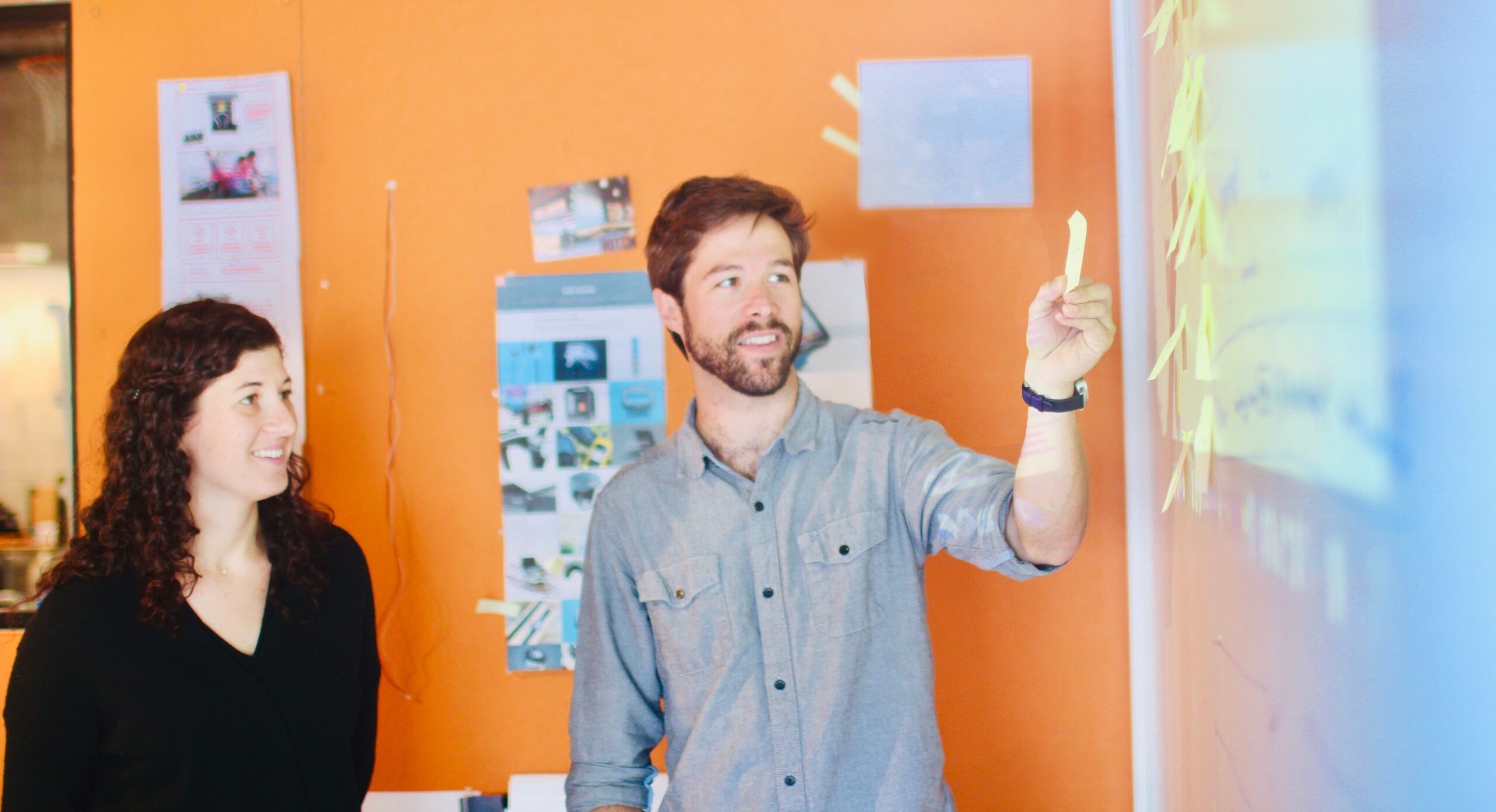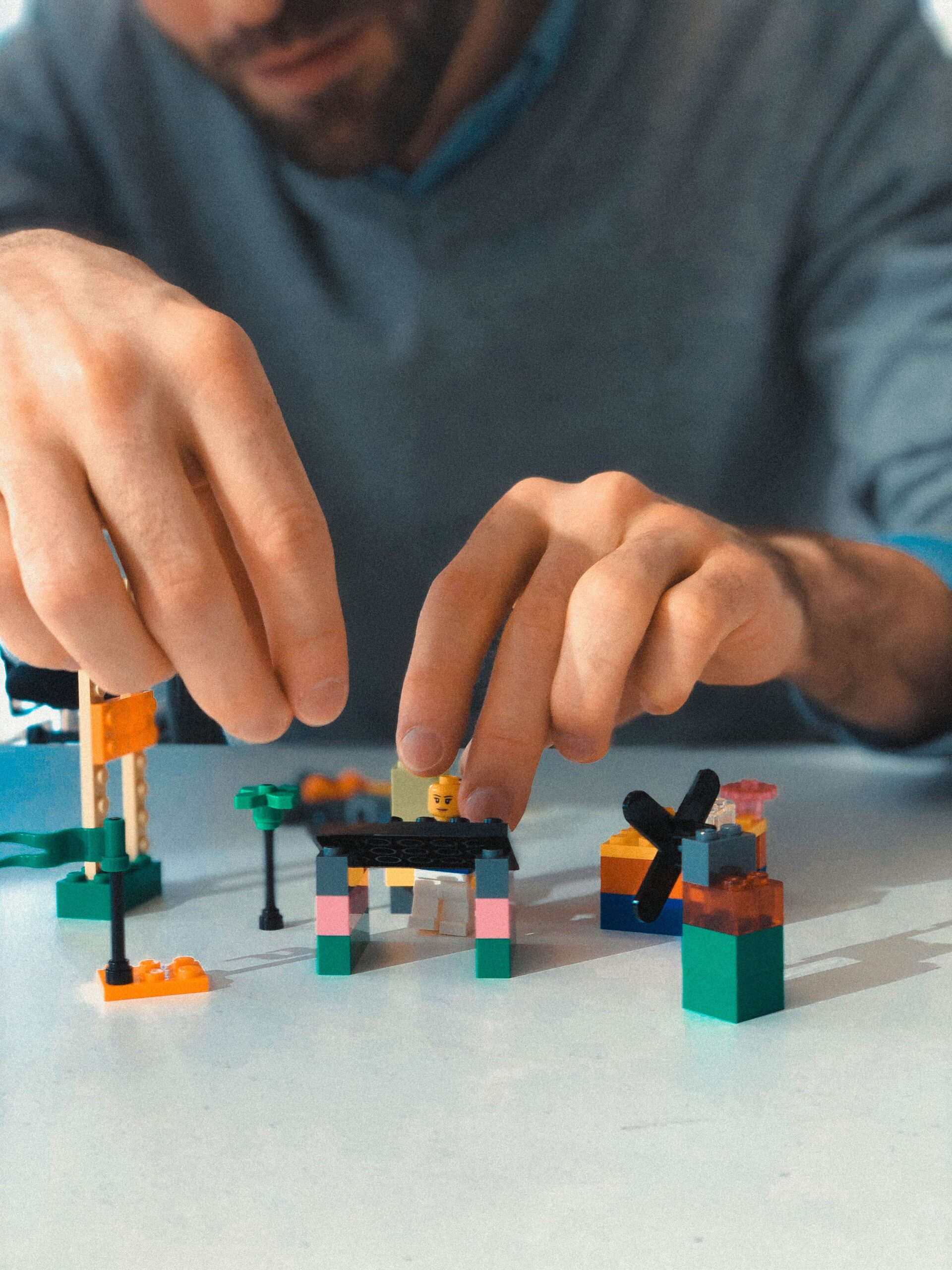Design Thinking and Service Design are two popular methods used in problem-solving, especially in the context of creating innovative and user-friendly solutions. Although they share common elements, such as an empathetic approach and creativity, there are also significant differences between them. Let’s explore what they are!
Design Thinking – focus on solutions
Design Thinking is a method that focuses on generating creative solutions by understanding and empathizing with users’ needs. The primary goal of Design Thinking is to solve problems and create innovative products, services, or processes. The Design Thinking process includes stages such as empathy, defining the problem, idea generation, prototyping, and testing. Designers, engineers, and marketing specialists often use Design Thinking to identify existing problems and find effective solutions that meet users’ needs.
Service Design – creating better experiences
Service Design focuses on improving and creating better user experiences within the realm of services. The primary goal of Service Design is to ensure cohesive, useful, and valuable services that meet customer needs. This method takes a holistic approach to design, considering the entire service lifecycle and all touchpoints between the company and the customer. Service Design involves stages such as user analysis, process mapping, experience design, and service implementation. Service Design specialists aim to understand the needs and goals of customers in order to design better and more personalized experiences.
Key differences between Design Thinking and Service Design
Scope:
Design Thinking focuses on generating creative solutions, while Service Design concentrates on improving user experiences in the service sector.
Goal:
Design Thinking aims to solve problems and create innovative products or services, while Service Design focuses on refining processes and creating better experiences within services.
Testing:
In Design Thinking, testing prototypes is a key stage, while in Service Design, continuous monitoring and analysis of user experiences play a crucial role.
Application:
Design Thinking is widely used across various industries where innovation and problem-solving are important, whereas Service Design is particularly popular in the service sector, where customer experience is a key success factor.
Design Thinking and Service Design are two different design methodologies with shared goals, such as an empathetic approach and the generation of innovative solutions. Design Thinking focuses on creating creative solutions to actual problems, while Service Design focuses on improving user experiences in the service sector. Both methodologies have their unique characteristics and applications that allow organizations to effectively solve problems and create valuable customer experiences. The choice of method depends on the type of problem and the goals the organization aims to achieve.


